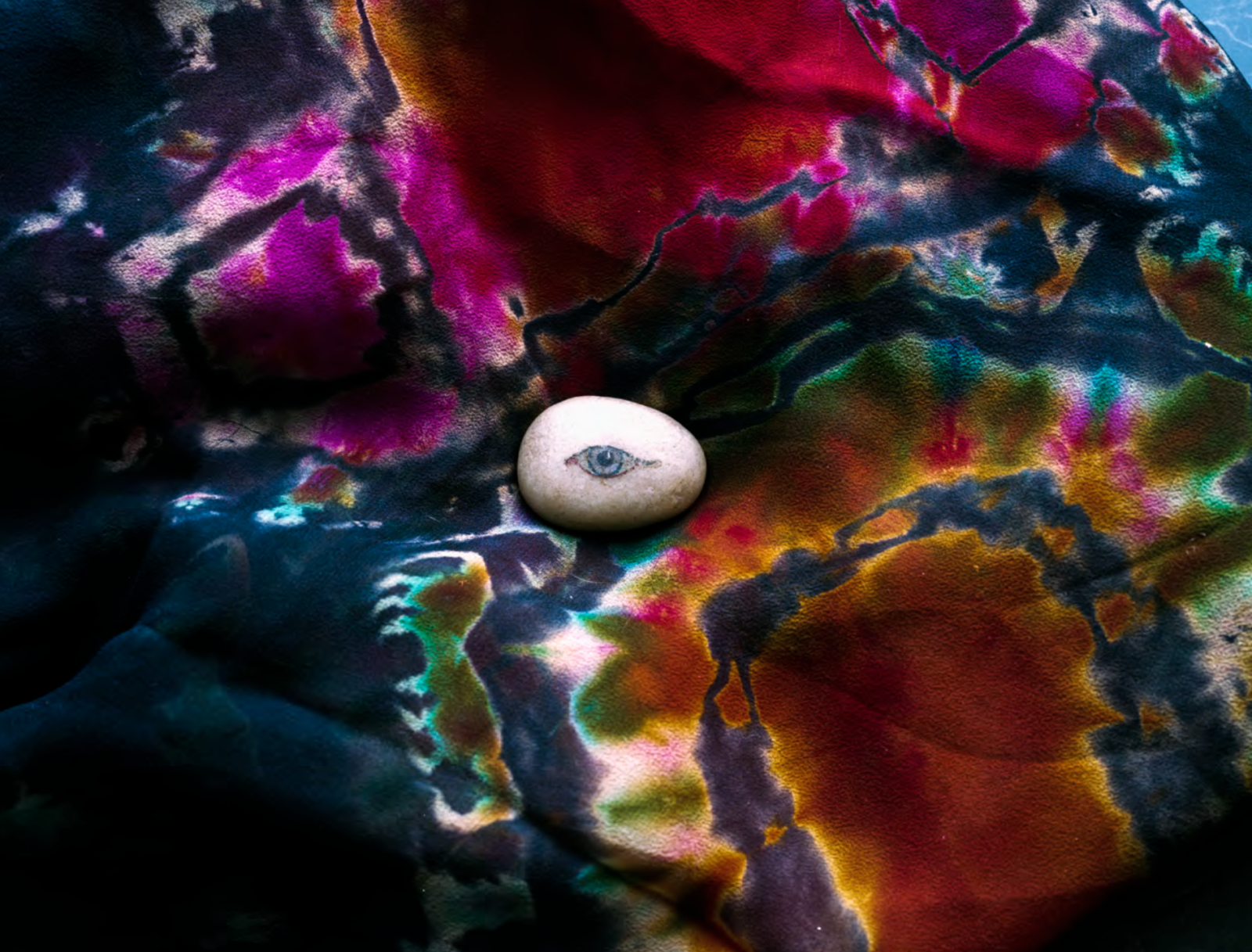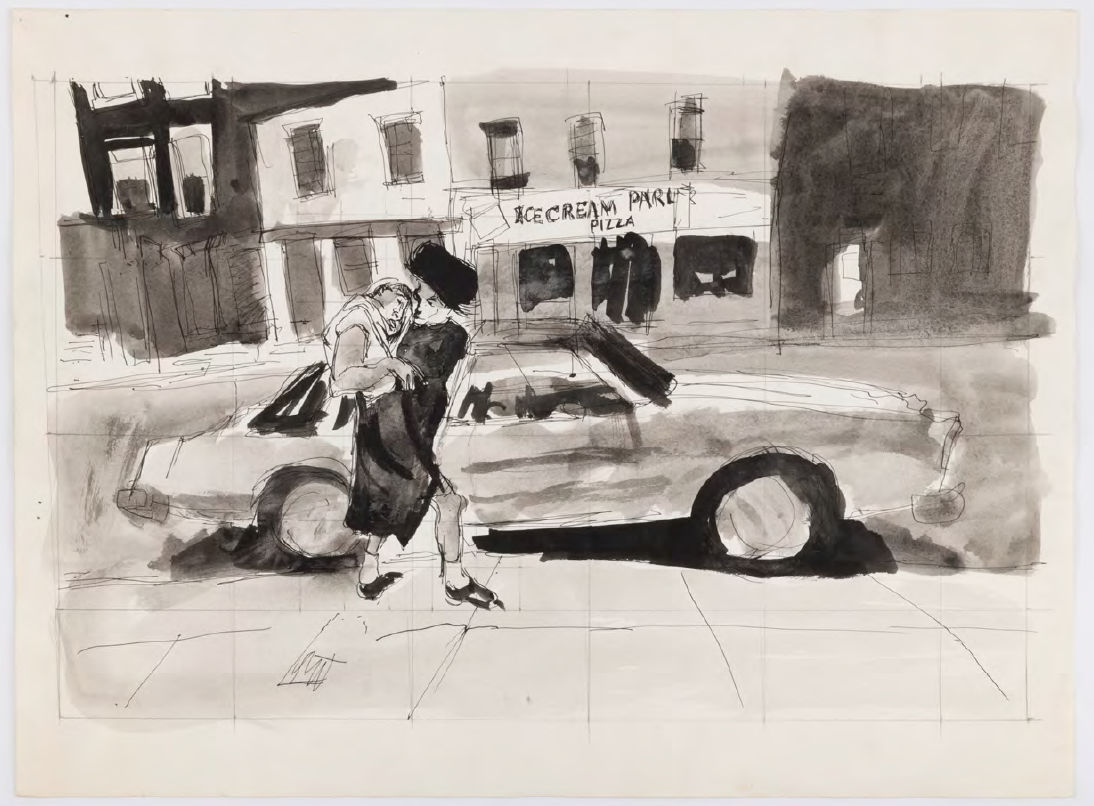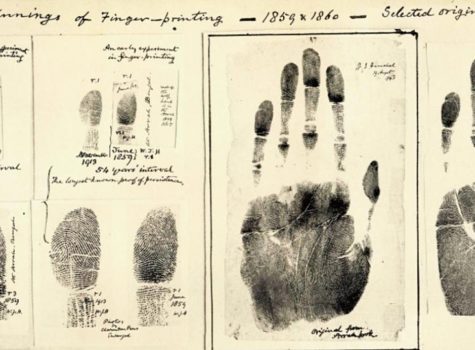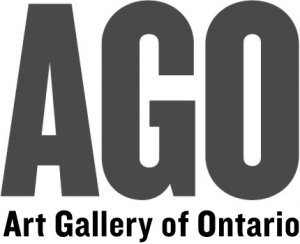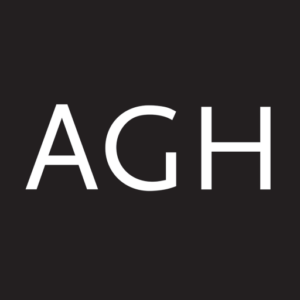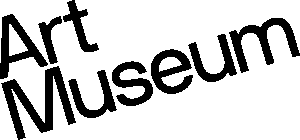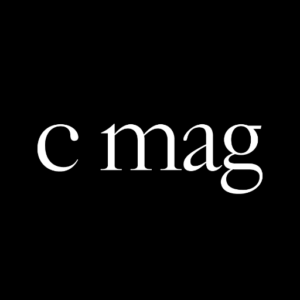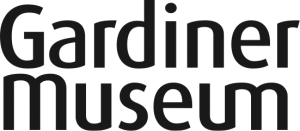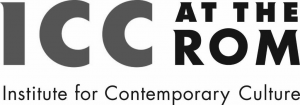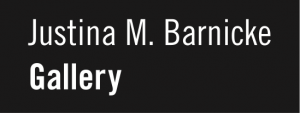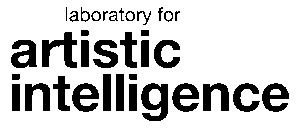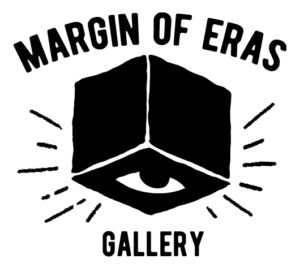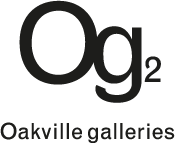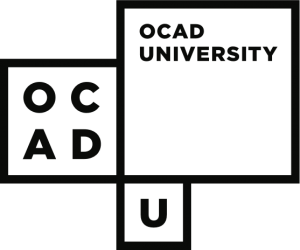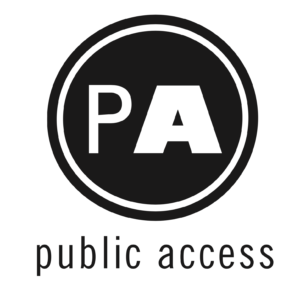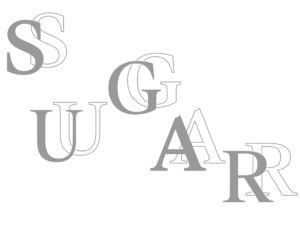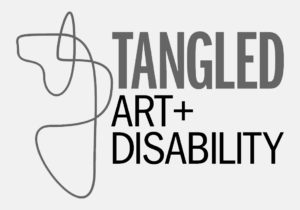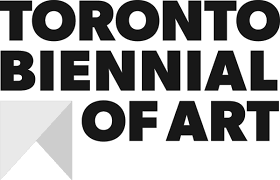Exhibiting Artists: Stephen Andrews, Ching Ho Cheng, Alexandra Chowaniec, Christine Davis, Kalale Dalton-Lutale, Darrel Ellis, Robert Flack, Josh T. Franco, Christy Gast, Léonie Guyer, Simone Kearney, Matthew Leifheit, Ian Lewandowski, Âhasiw Maskêgon-Iskwêw, Cason Sharpe, Linda Simpson, Adrian Stimson, Tim Whiten
Partners in Art is proud to support The Formless Body, a multifaceted project curated by Jarrett Earnest, in collaboration with Public Access and Olga Korper Gallery. The exhibition invited artists, poets, scholars, and archivists to reflect on the process and materiality of archival work, and their dedication to the stories that archives enable. The focus was on the artistic, intellectual, emotional and spiritual labor itself, attending to the complex problems of queer life in the wake of the AIDS crisis.
The exhibition was the result of an invitation from artist Christine Davis to edit an issue of the journal she co-founded in 1986, PUBLIC: Art/Culture/Ideas. PUBLIC 65—DEVOTION: Today’s Archive is Tomorrow’s Future (2022), simultaneously published as a hardcover book, brings together art, ephemera, scholarship and recollections around the particular practices of queer archival work.
To mark this publication, the exhibition The Formless Body extends those accounts into space, showing important and rarely exhibited artworks by Ching Ho Ching (1946-1989), Darrel Ellis (1958-1992), Robert Flack (1957-2003) Âhasiw Maskêgon-Iskwêw, (1958-2006) along with work by other artists who engage these lineages, like Adrian Stimson’s 2012 re-enactment of Âhasiw Maskêgon-Iskwêw 1992 performance White Shame, and Matthew Leifheit’s photographs of the relics and sites of queer history. The exhibition included new and historical paintings, sculpture, photographs and time-based media, equally pairing Canadians with artists from the US. The subject of the exhibition was not just the body but the spirit, the presence of the dead, and the transcendence of death, through form.
An attention to the historical importance of ephemera was furthered by a newly created suite of artist’s postcards, funded by Partners In Art, which extended the publication and exhibition beyond their own boundaries, allowing them to proliferate these stories into the world and future archives.

